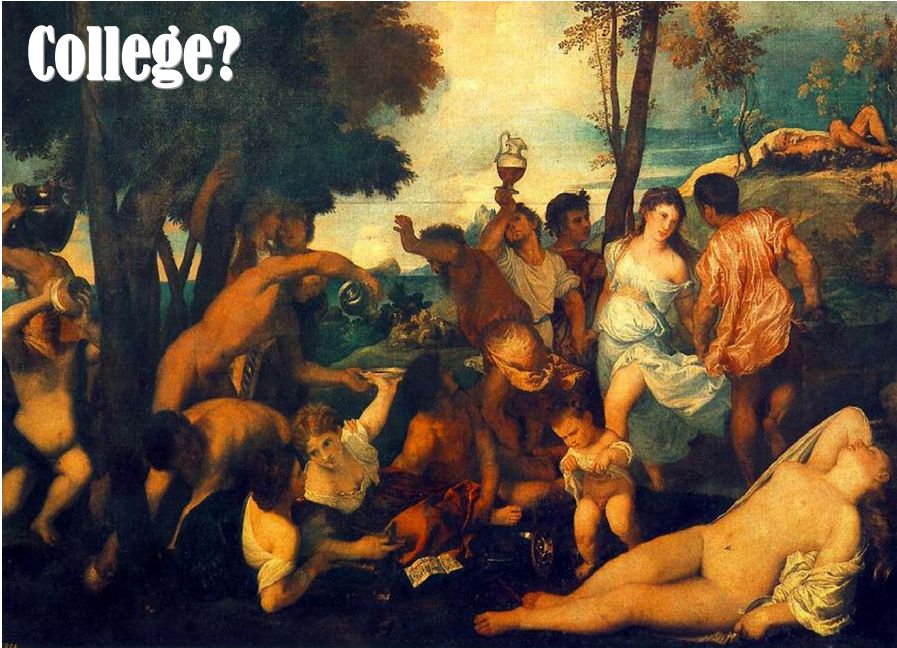
In Fair and Foul: Beyond the Myths and Paradoxes of Sport, Stanley Eitzen discusses a number of contradictions in modern sports. One of the most prominent is the way that sports is both unifying and divisive in ways that can be extremely strong. Fans often feel a sense of solidarity simply because they like the same team — whether the local football team or a specific nation’s representative athletes at the Olympics. Individuals who might have little else in common, and might in other aspects of their lives be in conflict, can form a sense of affiliation and friendship through sports fandom.
This is true because fans identify with their teams, talking about “our” team, “our” win, and so on (though, oddly, when the team loses, it’s often “their” loss), often despite the lack of any direct connection to a team (I have relatives involved in constant low-level battles with their spouses about the placement of University of Oklahoma vs. Oklahoma State University memorabilia in their houses, cars, yards, and even pets and children, thought neither spouse attended either school).
Jay Smooth at Ill Doctrine recently put up a video about fan reactions to the NBA finals that awesomely addresses the joy fans take in their love of sports, the social constructedness of these affiliations, and how comments by LeBron James bring this all into view:













